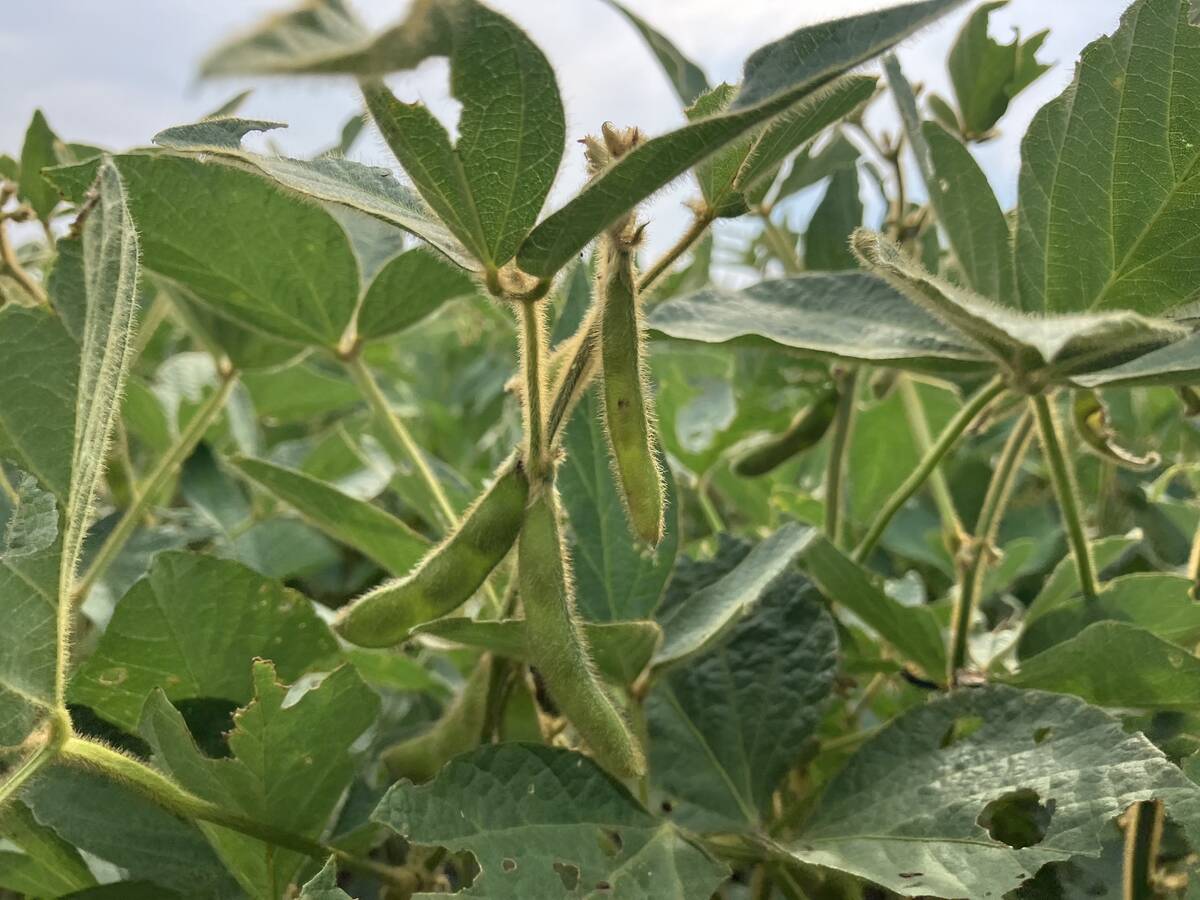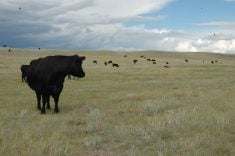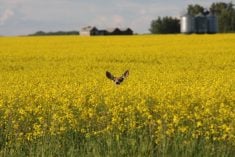Hoop-style buildings can reduce the investment required for producers
to begin producing hogs, a study at North Dakota State University’s
Dickinson Research Extension Center shows.
The study compared hoop-type buildings with conventional facilities.
According to Doug Landblom, animal scientist at the center, hoop-type
buildings designed for all-in all-out management are low cost and
environmentally acceptable. The most commonly used hoop structures are
10.5 metres wide and 22.5 m long with a one-time capacity of 200-220
head of finished hogs. Start-up costs are one-third less than poured
Read Also

Soybean market still figuring out implications of China-U.S. pact
Soybean futures had a muted reaction to the U.S. trade deal with China as the market tries to figure out the nuances of the deal.
concrete buildings.
“More than one option exists for their use in the hog industry,”
Landblom said.
“They can be used very effectively for growing-finishing pigs, as well
as for farrowing, sow gestation and breeding facilities. The
possibilities are far-reaching and can be accomplished at a lower cost
for entry level producers or established producers that want to expand
using lower-cost facilities.”
Hoop structures are designed as solid waste systems. A considerable
amount of crop residue bedding is essential to keep pigs warm and dry.
The manure must be removed and composted between each group of pigs.
Labour must be available on the farm to bed pigs frequently, clean pens
between groups and apply manure to fields.
Pigs in hoop-type buildings may be less susceptible to diseases because
there is more air ventilation. However, this may cause the building to
be too cold for starting pigs during prairie winters. Landblom
recommends winter starter pigs weigh at least 25 to 30 kilograms before
going into a hoop grow-finish building and that a light tubular-framed
canvas cover, or hover, be constructed to trap body heat to keep pigs
warm when sleeping. The hovers can be hinged at the wall and lowered
over the pigs with pulleys. They can also be raised out of the way when
bedding, cleaning, or during warmer times of the year when they are not
needed.
“When compared to the conventional system, pigs reared in the
hoop-type buildings had the greatest net return per pig,” Landblom said.
The study also showed that hoop structures would generate an estimated
$6,160 US more net return than conventional facilities.
Landblom said these buildings are environmentally safe. Manure removed
from the hoop buildings is composted before field application, which
helps distribute waste over a greater surface area than liquid manure,
reducing the potential contamination of surface and ground water
supplies.
“Composted manure develops an earthy smell unlike the offensive odour
commonly associated with liquid manure removed from conventional
buildings,” Landblom said.
The hoop-type buildings are also simple to assemble. Sidewalls are
built from used railroad ties and planks and the hoop is attached to
the top of the ties. While the structure appears to be permanent, it
can be dismantled and moved if necessary.
As well, Landblom said the buildings have other uses, such as calving
barns, cattle working facilities, riding arenas and equipment storage.














